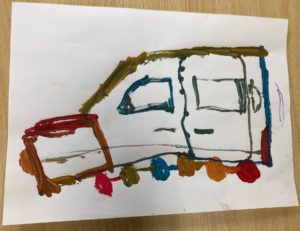Japanese Public Special Needs Schools

THREE DIFFERENT TYPES OF SPECIAL NEEDS SCHOOLS IN JAPAN:
1) Students with hearing needs
2) Students with visual needs
3) Students with other needs.
* This will be an explanation of the schools for students with other needs, which can also accommodate hearing and visual needs in some cases.
* In the special needs schools for other needs, there will be a high amount of support available, with a legally required teacher to student ratio of 1:6. Within the special needs schools the student’s educational program will depend on the student’s needs.

WITHIN SPECIAL NEEDS SCHOOLS FOR OTHER NEEDS, THREE DIFFERENT LEVELS OF SUPPORT:
i) For students with less intensive needs, they will do work that is more similar to what is done in the regular schools. However, they will be learning with a curriculum that is separate from the national curriculum that is studied in the regular schools.
ii) For students with more intensive needs, they will spend most of the day learning different skills and daily living lessons.
iii) For students with the most intensive needs, they will spend almost all of the day learning certain skills and also engaging in different types of therapy.
* A big emphasis in special needs schools is preparing the students to be able to work in a certain setting or environment. Very often, a “special track” is decided for the student, where the school will aim to best prepare that student for their special track. This will be further emphasized once the student has reached the high school level. For example, if the goal of the student’s track is to work in the food industry once they have graduated, the school will prepare them for this and will also provide working experiences, for example, in restaurants or bakeries. In this sense, special needs schools are extremely beneficial in ensuring that there is something that is set up and in place for after graduating from high school.
* It is important to mention, however, that these special tracks, as well as the fact there is a separate curriculum from the national curriculum, will mean that the student will have very little opportunity to pursue higher education and attend a university after graduating. This also means that the student will have a very narrow range of possible job opportunities after graduating from high school. This is important for parents to keep in mind when choosing a school for their child.
* It is important to also mention that in the Japanese education system, special support classrooms generally do not exist at the high school level, and resource rooms are very rare at the moment. This essentially means that in many cases special needs schools will be the only realistic options, even for students with learning differences who have been attending regular elementary schools and junior high schools leading up to the high school level. The Japanese government is aiming to increase the number of resource rooms at the high school level, however.
* Finally, in order to prepare students with relatively mild needs for employment in private companies after they graduate, the Tokyo Metropolitan government has established eight special needs high schools, which have competitive entrance exams. For information about these schools and how to apply to them, contact the Tokyo Metropolitan Board of Education.

